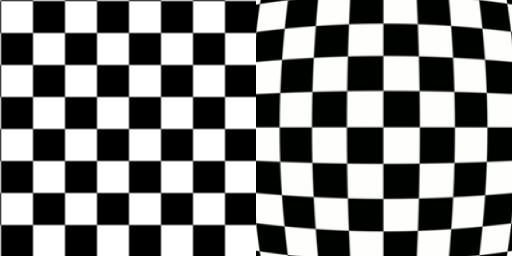|
Lens Distortion
In geometric optics, distortion is a deviation from rectilinear projection; a projection in which straight lines in a scene remain straight in an image. It is a form of aberration in optical systems, optical aberration. Radial distortion Although distortion can be irregular or follow many patterns, the most commonly encountered distortions are radially symmetric, or approximately so, arising from the symmetry of a photographic lens. These ''radial distortions'' can usually be classified as either ''barrel'' distortions or ''pincushion'' distortions. Mathematically, barrel and pincushion distortion are quadratic function, quadratic, meaning they increase as the ''square'' of distance from the center. In mustache distortion the quartic function, quartic (degree 4) term is significant: in the center, the degree 2 barrel distortion is dominant, while at the edge the degree 4 distortion in the pincushion direction dominates. Other distortions are in principle possible ... [...More Info...] [...Related Items...] OR: [Wikipedia] [Google] [Baidu] |
Spherical Aberration
In optics, spherical aberration (SA) is a type of optical aberration, aberration found in optical systems that have elements with spherical surfaces. Lens (optics), Lenses and curved mirrors are prime examples, because this shape is easier to manufacture. Light rays that strike a spherical surface off-centre are refraction, refracted or reflection (physics), reflected more or less than those that strike close to the centre. This deviation reduces the quality of images produced by optical systems. Overview A spherical lens has an Optical aberration#Aberration of elements, i.e. smallest objects at right angles to the axis, aplanatic point (i.e., no spherical aberration) only at a radius that equals the radius of the sphere divided by the index of refraction of the lens material. A typical value of refractive index for crown glass is 1.5 (see List of refractive indices, list), which indicates that only about 43% of the area (67% of diameter) of a spherical lens is useful. It is o ... [...More Info...] [...Related Items...] OR: [Wikipedia] [Google] [Baidu] |
